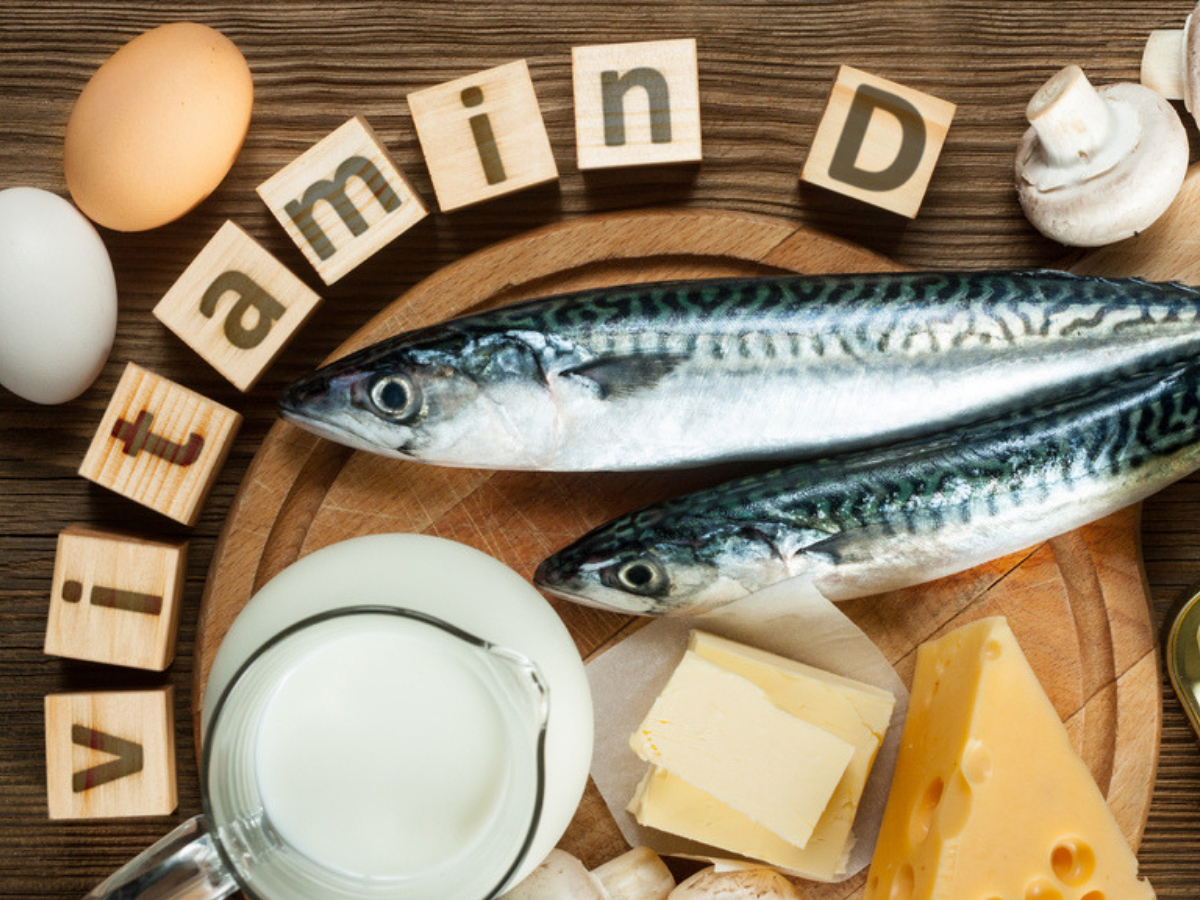
NEW DELHI: Rising carbon dioxide levels in the air is causing zinc deficiency in Indian crops thus impacting nutritional value of food consumed by humans. The national rates of inadequate zinc intake has increased from 17% to 25% between 1983 and 2012 increasing risk of diseases like malaria, diarrhoeal afflictions and pneumonia, particularly in children, a new study by the Harvard T H Chan School of Public Health says.
Apart from rising CO2 emissions, changing diets and an aging population are also seen as factors responsible for increasing zinc deficiency. The study shows highest rates of inadequate intake are concentrated mainly in southern and north-eastern states like Kerala, Tamil Nadu, Andhra Pradesh, Manipur and Meghalaya where diets are more rice-dominated. Rice is poor in zinc, aggravating zinc inadequacy in diets of people who rely heavily upon it.
“Rising CO2 levels in the coming decades could accelerate this trend. National grain fortification programmes, increased dietary diversity, biofortified crops, and reduced CO2 emissions could all make a difference to slow or reverse the course,” the observations made on the study said.
The presence of zinc plays a critical role in human immune systems and lack of it increases vulnerability to illnesses listed by the study. Findings of the study show urban populations overall, and wealthier urban groups in particular, also have higher rates of inadequate zinc intake due to a higher proportion of calorie-rich and nutrient-poor fats and sugars in their diet.
Indian diets have been evolving, losing coarse grains such as millet and sorghum and adding wheat, animal products, fruits and vegetables. In total, these changes have offset each other to keep the average per-person intake remarkably constant. However, the aging of the population has caused the zinc requirement for the average Indian to increase by 5%, because adults need more zinc than children.
Many individual or governmental actions have the potential to reverse this course: national-level grain fortification programmes, encouraging dietary diversity toward richer sources of zinc or biofortifying major crops by choosing or creating plant varieties with higher zinc content than currently available. Finally, addressing rising global CO2 levels through ongoing and sustained efforts could help to avert future deepening of this unresolved public health issue, the study said.
Apart from rising CO2 emissions, changing diets and an aging population are also seen as factors responsible for increasing zinc deficiency. The study shows highest rates of inadequate intake are concentrated mainly in southern and north-eastern states like Kerala, Tamil Nadu, Andhra Pradesh, Manipur and Meghalaya where diets are more rice-dominated. Rice is poor in zinc, aggravating zinc inadequacy in diets of people who rely heavily upon it.
“Rising CO2 levels in the coming decades could accelerate this trend. National grain fortification programmes, increased dietary diversity, biofortified crops, and reduced CO2 emissions could all make a difference to slow or reverse the course,” the observations made on the study said.
The presence of zinc plays a critical role in human immune systems and lack of it increases vulnerability to illnesses listed by the study. Findings of the study show urban populations overall, and wealthier urban groups in particular, also have higher rates of inadequate zinc intake due to a higher proportion of calorie-rich and nutrient-poor fats and sugars in their diet.
Indian diets have been evolving, losing coarse grains such as millet and sorghum and adding wheat, animal products, fruits and vegetables. In total, these changes have offset each other to keep the average per-person intake remarkably constant. However, the aging of the population has caused the zinc requirement for the average Indian to increase by 5%, because adults need more zinc than children.
Many individual or governmental actions have the potential to reverse this course: national-level grain fortification programmes, encouraging dietary diversity toward richer sources of zinc or biofortifying major crops by choosing or creating plant varieties with higher zinc content than currently available. Finally, addressing rising global CO2 levels through ongoing and sustained efforts could help to avert future deepening of this unresolved public health issue, the study said.
Download The Times of India News App for Latest India News.
Making sense of 2019 #ElectionswithtimesView Full Coveragemore from times of india news
Elections 2019

Trending Topics
LATEST VIDEOS
Trending Videos
 Hanuman Jayanti Special: Shri Hanuman Chalisa Bhajans sung by Hariharan
Hanuman Jayanti Special: Shri Hanuman Chalisa Bhajans sung by Hariharan  Hanuman Jayanti Special: Hanuman Gayatri Mantra with Lyrics, Powerful Mantra To Be Relieved From Troubles
Hanuman Jayanti Special: Hanuman Gayatri Mantra with Lyrics, Powerful Mantra To Be Relieved From Troubles  Hanuman Jayanti 2019 Celebration Special Shankar Ke Avataari (Hanuman Mahima)
Hanuman Jayanti 2019 Celebration Special Shankar Ke Avataari (Hanuman Mahima)  Shahid Kapoor and Mira Rajput holiday in London without their little ones?
Shahid Kapoor and Mira Rajput holiday in London without their little ones?
More from TOI
Navbharat Times
Featured Today in Travel
Quick Links
Rajasthan election 2019Andhra Lok Sabha electionGujarat Election 2019Karnataka Election 2019MP Lok Sabha electionMaharashtra election 2019West Bengal Lok SabhaTamil Nadu election 2019UP Election 2019Bihar election 2019UP Election DateAndhra Election DateBihar Election DateAndhra Assembly ElectionLok SabhaMP Election DateMaharashtra Election DateShiv SenaYSRCPTDPWB Election DateJDUCongressBJP newsGujarat Election DateSC ST ActUIDAIIndian ArmyISRO newsSupreme CourtRajasthan Election DateTelangana Election DateTamilrockers 2018Uttarakhand newsSikkim newsOrrisa newsKarnataka Election DateNagaland newsSatta KingManipur newsMeghalaya news
Get the app





